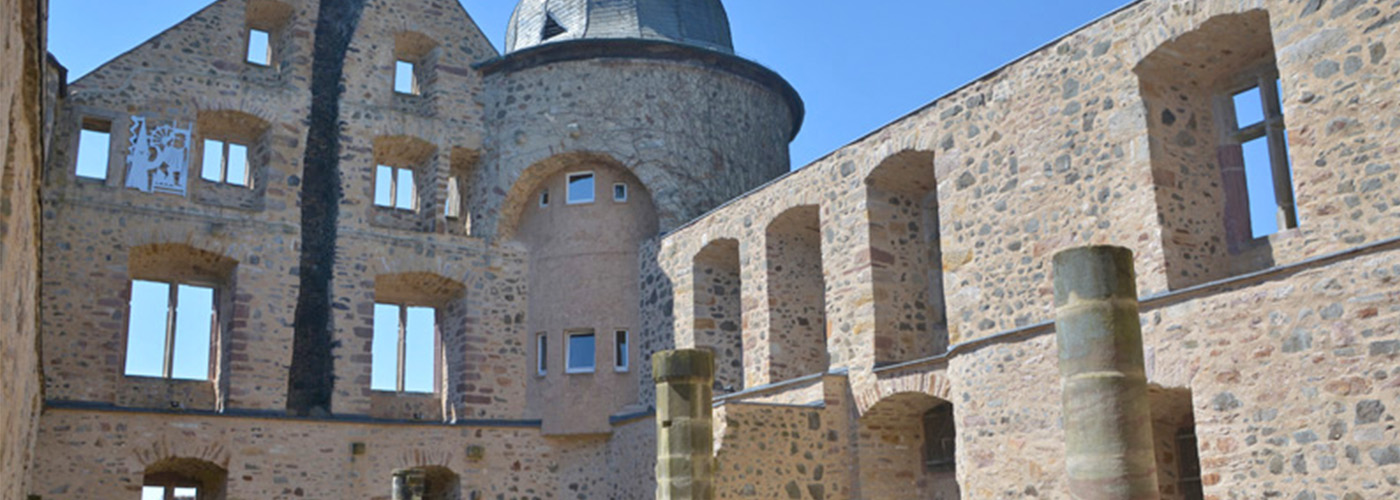Renovation | Sababurg Hofgeismar
Looking at the Sababurg today, after the renovation, it is hard to imagine that the complex had repeatedly fallen into a prolonged "Sleeping Beauty slumber" in different centuries. The restoration of the old walls has been completed and the natural stone, amidst its renewed jointing, looks stately and authentic as it did in the old days. As soon as all the other work has been completed, nothing will stand in the way of the Sababurg's successful operation as a hotel, restaurant and event venue.
The Sleeping Beauty Castle Sababurg is located in the middle of the "Reinhard Forest" in northern Hesse between Kassel and Göttingen. Built in the 14th century as "Zappaborgck", the castle was first mentioned in the 16th century under the name "Sababurg". After the Thirty Years' War, the castle fell visibly into disrepair and is said to have served as a model for the famous fairy tale Sleeping Beauty for the Brothers Grimm, who called North Hesse their home. For several years now, this Sleeping Beauty castle has been restored by the state of Hesse. The modernisation concept includes demolishing the hotel and restaurant building, which was built in the 1970s, and then rebuilding it. In addition, the measures included a comprehensive and true-to-the-original restoration of the old castle walls, which are highly contaminated with sulphate.
Of the original fortifications of Sababurg, parts of the ring wall with flank gate and moats still remain today. The palace itself only exists in its outer walls.
In the course of the renovation, the salt-contaminated mortar was first removed from the existing walls. In addition to joint areas that could only be removed to a depth of about 20 mm, there were also areas with extremely deep joints. Since the material adjustment of the mortar for the joint renovation had to be carried out with a highly sulphate-resistant cement, maxit mur 950 HS was used here. The grout - in two different grain fractions and also adapted to the existing colour - was then used for deep grouting using the dry spraying method. In many areas, masonry replacement was necessary.
